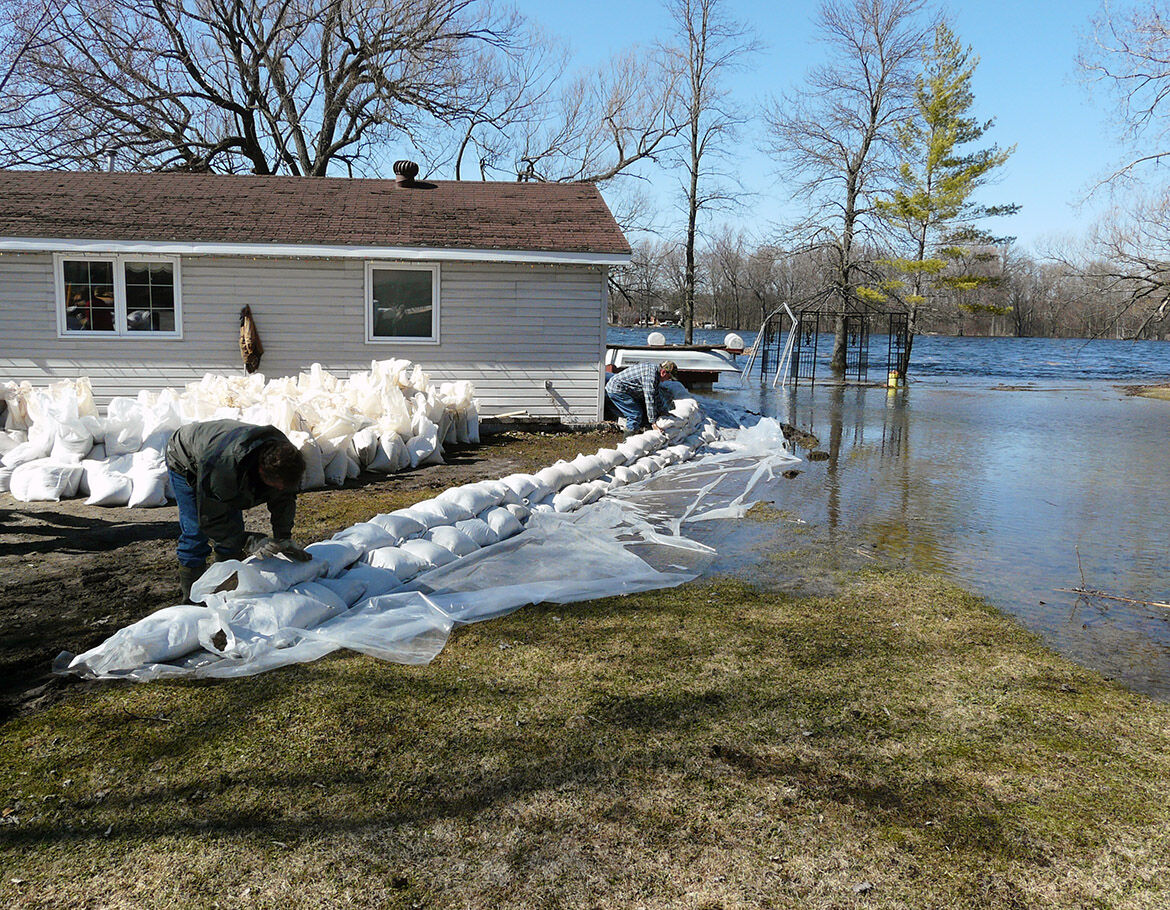Floodplain Mapping Ensures Public Safety and Prevents the Costly Impacts of Flooding and Erosion
As the frequency and intensity of severe weather events continue to grow, establishing and maintaining accurate floodplain mapping is critical to public safety and to prevent the costs of property damages and business disruptions.
Floodplain mapping allows municipalities and conservation authorities to guide development away from flood-prone areas and also supports better emergency management and planning.
Conservation Authority floodplain mapping is used for:
- Risk assessments
- Real-time flood forecasting
- Floodplain land-use regulation
- Flood remediation
- Watershed planning
- Emergency management
Conservation Authorities’ Floodplain Mapping
Ontario’s conservation authorities play an important role in building Ontario communities’ resilience to flooding and erosion.
- Approximately 22,000 km of flood prone areas have been mapped by conservation authorities. Most Conservation Authority floodplain mapping is along rivers and creeks (90%) but they also map Great Lakes/St. Lawrence River shorelines, inland lake shorelines and channels that connect to the Great Lakes/St. Lawrence river systems.
- Through the Conservation Authorities Act, conservation authorities regulate development activities in or near river and stream valleys, Great Lakes and inland lakes, shorelines, watercourses, hazardous lands and wetlands.
- Conservation Authorities also bring added protection and benefits through watershed planning and their watershed management programs such as water monitoring, landowner stewardship, stormwater management, planting trees and protecting wetlands.
Conservation Authority Floodplain Mapping is a Critical Component of Successful Emergency Response to Flooding
Floodplain mapping improves flood management response and helps everyone to understand their flood risk.
It’s a critical component of emergency management plans. Using data from sonar, satellite, radar and other imaging systems, the base mapping provides important information about land elevation. The current location of structures such as homes and businesses can also be added to give a good picture of the watershed.
Peak flow modelling is combined with data from snowpack monitoring and stream and precipitation gauges helping us to estimate water behaviour and potential flood patterns. In addition to identifying floodplains, this information is used to develop alternative evacuation routes and relocate critical utilities necessary during flood events.
Why Are Some Homes Still Being Flooded?
Ontario is a province with many rivers and lakes and a lot of development was already in place prior to the establishment of regulations. It wasn’t until after Hurricane Hazel in 1954 that the Province strengthened the conservation authorities’ the ability to regulate floodplains within their watersheds in order to keep people and their property away from swelling rivers and lakes. During Hurricane Hazel, 81 people were killed and a number of neighbourhoods and communities were overwhelmed.
Where they can, conservation authorities help homeowners located in floodplains to flood-proof their properties as much as possible.
Resource:
